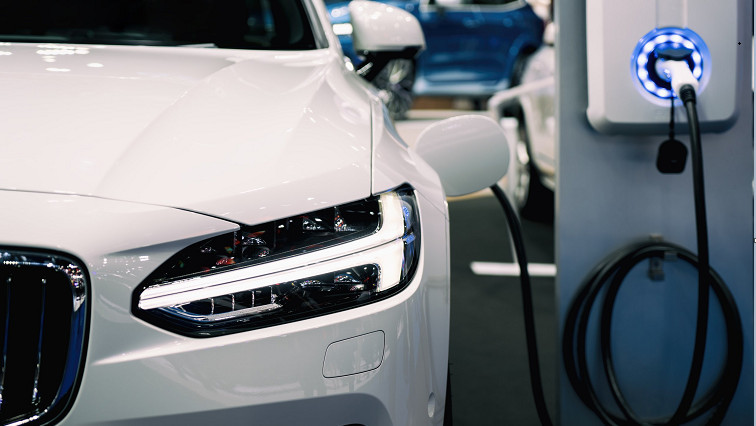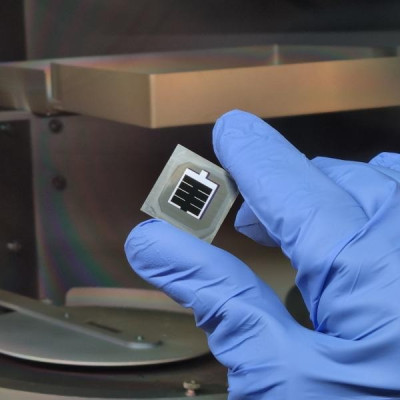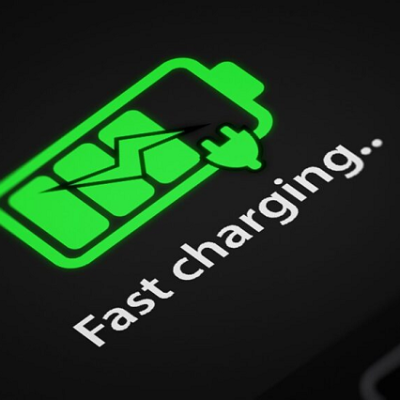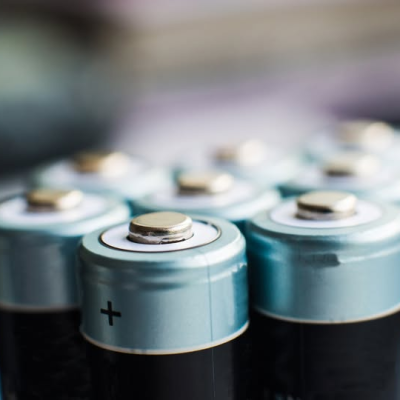While EV batteries still require materials that have a carbon footprint, the switch to electric vehicles in the future could help to create less polluted cities and lower carbon emissions to help in the fight against global warming.
There has been a lot of commercial developments into EVs, especially in their battery technology, but many people are still not convinced due to the limited range compared to petrol and diesel vehicles.
Great strides have been made in EV battery technology in just a few years, and while many of the standard battery engineering routes are being taken to improve performance, there is also a drive to leverage nanomaterials in EV batteries to further develop new options.
Naturally, a lot of the developments have come from academia, but there are also commercial developments taking place where large automotive manufacturers are starting to utilise nanomaterials in their EV batteries.
Graphene Batteries in China
One of the earliest adopters of graphene in advanced technology systems, China, is also the first country to have nanotechnology-based EV batteries on the road. The developments have been ongoing for several years now thanks to the GAC Group.
Back in 2021, the GAC Group launched their Aion V model which uses graphene as an additive in the electrodes to improve the charging performance of the battery—one of the other key issues that many people speak out about beyond battery range.
There have been some strong claims made around the performance of the battery, with a charging time to 80% charge of only 8 minutes and a range of up to 1000 km. The charging times and range do slightly vary between models (16 minutes and 500km, for example), but the higher-end 6C charging systems can apparently achieve this level of performance.
Naturally, with many things that come out of China, there is a degree of scepticism regarding the claims on not only the battery but also the quality of the graphene used (and whether it is graphene or graphite).
To date, there have been no claims/results that have said otherwise, and as it stands, the commercial development of an EV battery using graphene is a significant development in both EV battery development and nanotechnology adoption.
As more of these vehicles come to the market, then more information may come to light on these batteries, and the performance may be different under different driving environments. For now, the performance of the graphene batteries looks to be very promising.
The commercialisation of the first graphene EV battery gathered a lot of attention and has since opened the door for the adoption of many other nano-enhanced batteries, as well as the use of graphene batteries in other technologies.
Mercedes Benz Opting for the Unconventional Silicon Anode
While the graphene battery developments have been confined to the Chinese market, the last year has seen one of the biggest automotive manufacturers, Mercedes Benz, turn to nanomaterials for enhancing their EV batteries in their upcoming models.
Silicon anodes have a lot of potential in batteries (and not just EV batteries) because they have a high theoretical capacity, but their commercial potential has been stunted because silicon anodes are inherently unstable.
There’s been a lot of work over the years to make silicon anodes more stable, because when an electrical charge is applied across the anode, the silicon undergoes a volumetric expansion that degrades and breaks the anode—limiting its usable life.
However, it appears that silicon-based anodes may now be a reality for EVs thanks to nanotechnology. Mercedes Benz have recently partnered with Sila Nanotechnologies to create these anodes for use in their upcoming G-Class electric SUVs.
To overcome the typical challenges of silicon anodes, Sila and Mercedes have taken to using silicon nanoparticles to build the anodes, rather than bulk silicon materials. The electrodes created in this way have a much higher degree of porosity than bulk silicon electrodes. The porous network can accommodate volume changes during the charge/discharge cycles much better than other types of silicon anodes can.
This development is still in the early stages, and it’s thought that these batteries could be used in Mercedes Benz’s vehicles from 2024-2025 onwards.
Because it’s still early stage, there is not much data at present on the performance, but it’s thought that the silicon anodes could produce a battery that has 20% greater energy density than the status quo Li-ion EV batteries used today. It’s thought that the energy density could become 40% greater in the future as silicon anode technology matures further.
There is still more testing and manufacturing that needs to be done before they come a commercial reality, but if such a large manufacturer of automobiles is looking towards nano as the future of EV batteries, then the future for nanotechnology in the EV battery space is promising.
The more that nanotechnology is adopted for creating more efficient EV batteries, then the more likely it will be that the adoption of EVs will be greater, enabling more fossil fuel vehicles to be phased out—which will ultimately have a positive impact on the environment and on the local population in urban environments.
Read the original article on Nano Magazine.







